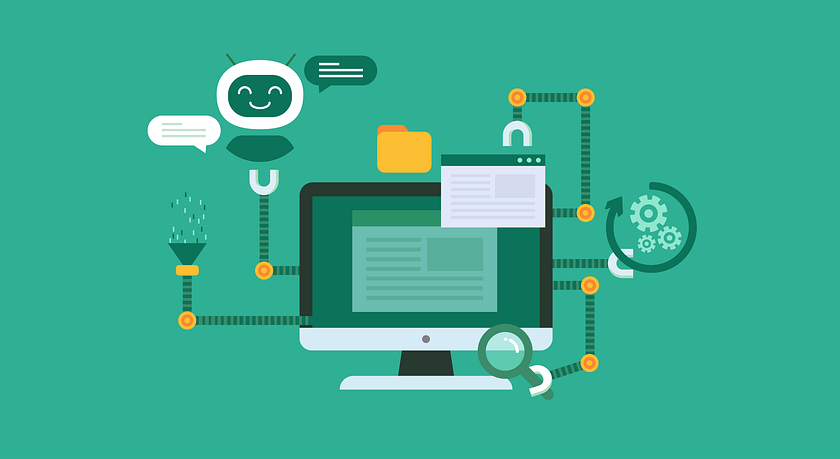Mastering Customer Service Automation in 2025: Everything You Need to Know

In 2025, customer service automation has become more than just a trend — it’s a business necessity. With rising customer expectations and the need for faster, more efficient service, companies across industries are turning to automation to deliver seamless, round-the-clock support. But what exactly does customer service automation mean, and how can it transform your business operations? Let’s explore in detail.
What Is Customer Service Automation?
Customer service automation refers to the use of technology — like AI chatbots, automated workflows, and machine learning — to handle customer inquiries and support tasks without human intervention. Instead of waiting for agents to reply, customers can instantly get answers, track orders, or resolve issues using automated tools.
The goal isn’t to replace human agents but to empower them by automating repetitive tasks. This allows agents to focus on more complex, personalized customer interactions.
How Customer Service Automation Works
Customer service automation functions through a combination of tools and technologies that work together to simplify and speed up communication. Here’s how it typically works:
- AI-Powered Chatbots: These bots can answer FAQs, assist with troubleshooting, and route customers to the right department.
- Automated Ticketing Systems: Support requests are automatically categorized and assigned to the appropriate agents, reducing manual work.
- CRM Integration: Customer data is synchronized across systems, allowing for personalized and consistent responses.
- Self-Service Portals: Customers can resolve issues themselves using knowledge bases or AI-driven assistants.
- Analytics and Reporting Tools: Automation platforms track performance, helping businesses identify trends and improve service quality.
Benefits of Customer Service Automation
- 24/7 Availability: Automation ensures customers receive support anytime, anywhere.
- Faster Response Times: Automated responses reduce waiting periods and enhance satisfaction.
- Cost Efficiency: Businesses save on labor costs and operational expenses.
- Improved Accuracy: Automation eliminates human error in repetitive tasks.
- Enhanced Customer Experience: Quick and consistent responses lead to higher trust and loyalty.
Key Trends in 2025
As technology evolves, customer service automation continues to advance. Here are the top trends shaping the field in 2025:
- Conversational AI: Smarter chatbots that understand emotions and context.
- Voice Automation: Integration with voice assistants for hands-free support.
- Predictive Customer Service: AI tools that anticipate issues before customers report them.
- Hyper-Personalization: Automation powered by data analytics to deliver customized experiences.
- Human-AI Collaboration: Seamless transition between bots and agents for complex queries.
Challenges of Customer Service Automation
While automation brings many advantages, it also presents some challenges:
- Lack of personal touch in some interactions
- Difficulty handling complex or emotional issues
- High setup and integration costs for small businesses
- Need for continuous updates and AI training
Businesses that balance automation with human empathy achieve the best results.
Best Practices for Implementing Customer Service Automation
- Start Small: Automate simple and repetitive tasks first.
- Keep the Human Element: Allow easy access to live agents when needed.
- Use Data Wisely: Personalize responses using customer history and preferences.
- Train Your Team: Ensure agents understand how to work alongside automation tools.
- Monitor and Improve: Regularly evaluate system performance and customer feedback.
Final Thoughts
Customer service automation in 2025 isn’t about replacing humans — it’s about enhancing human capabilities. When used strategically, automation can deliver faster responses, reduce costs, and create a smoother, more personalized customer journey.
The future of customer support lies in the perfect harmony between human empathy and intelligent automation — and businesses that master this balance will lead the way in customer experience excellence.



Comments
Post a Comment